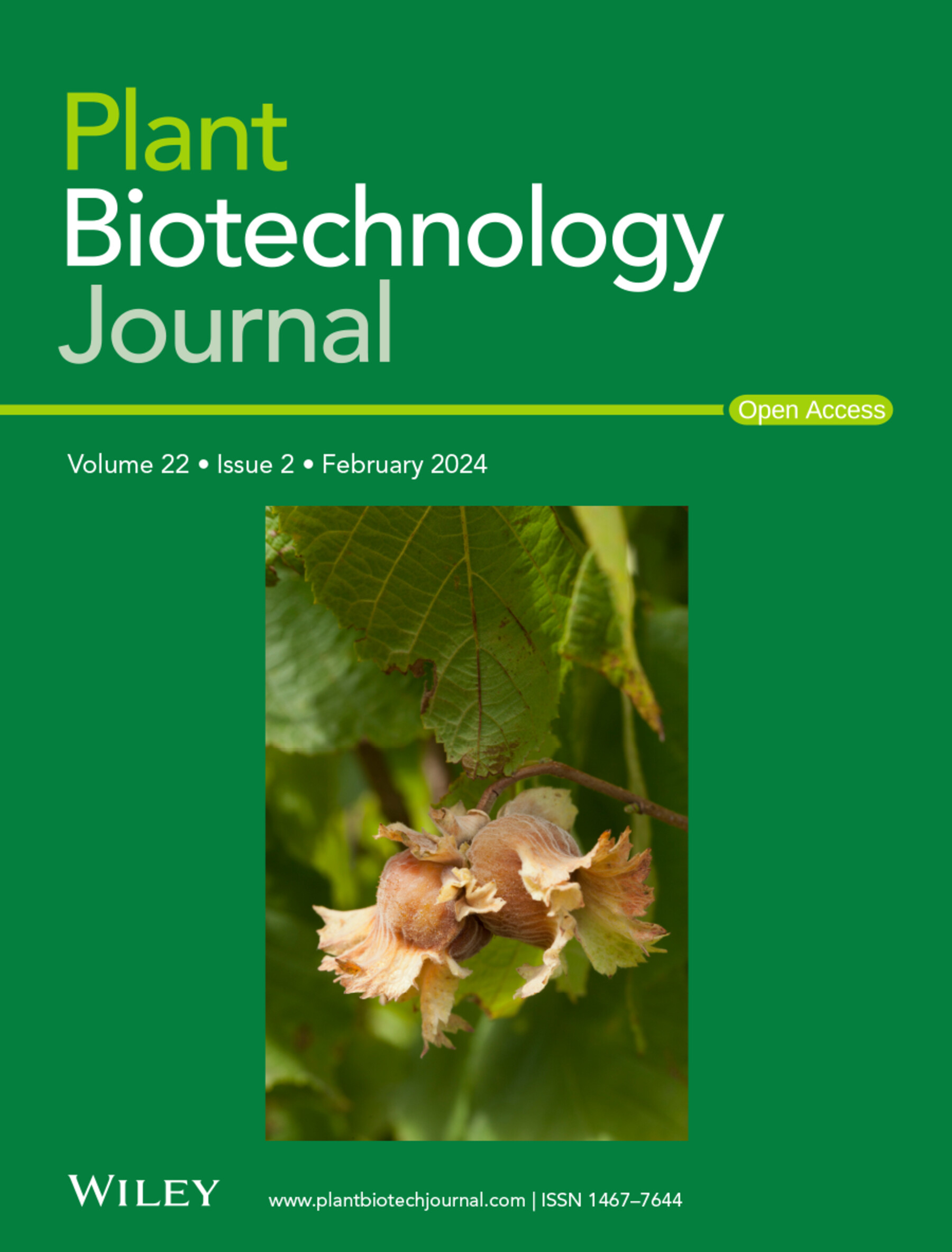Unique starch biosynthesis pathways in wild rice revealed by multi-omics analyses
IF 10.1
1区 生物学
Q1 BIOTECHNOLOGY & APPLIED MICROBIOLOGY
引用次数: 0
Abstract
Australian wild rice species (AWS) possess unique starch properties characterized by a slow digestibility rate. However, the genomic and transcriptomic variations of starch-synthesis-related genes (SSRGs) influencing starch physiochemical properties in AWS remain unclear. Here, we report comparative analyses of 72 SSRGs in wild species, including two AWS (O. meridionalis and Australian populations of O. rufipogon) and the domesticated rice gene pool. Our findings reveal that most SSRGs are more actively expressed in the early stages of seed development. Transcriptome analysis identified differential splicing patterns, with the starch synthesis pathways in Nipponbare and O. rufipogon being more similar than those in O. meridionalis. Three essential starch genes, GBSSI, SSIIa and BEIIb, were more active and had higher expression in AWS compared to Nipponbare, explaining the higher amylose content, gelatinization temperature, soft gel consistency and high retrogradation in the wild rice. Comparative genomics indicated that Asian domesticated rice evolved from a single ancestral allele of GBSSI (Wxlv) and SSIIa (ALKc), but two BEIIb alleles originated from O. rufipogon and O. nivara, the two wild rice species that are considered progenitors of Asian domesticated rice. Additionally, higher expressions of GBSSI, BEI and SSIIIa in O. meridionalis contribute to a slower starch digestibility rate, making its haplotypes valuable for breeding to develop slowly digested starch cultivars. These findings not only provide insight into the evolution of starch gene synthesis during domestication but also pave the way for unlocking desirable gene haplotypes of wild rice to improve starch quality in cultivated rice.求助全文
约1分钟内获得全文
求助全文
来源期刊

Plant Biotechnology Journal
生物-生物工程与应用微生物
CiteScore
20.50
自引率
2.90%
发文量
201
审稿时长
1 months
期刊介绍:
Plant Biotechnology Journal aspires to publish original research and insightful reviews of high impact, authored by prominent researchers in applied plant science. The journal places a special emphasis on molecular plant sciences and their practical applications through plant biotechnology. Our goal is to establish a platform for showcasing significant advances in the field, encompassing curiosity-driven studies with potential applications, strategic research in plant biotechnology, scientific analysis of crucial issues for the beneficial utilization of plant sciences, and assessments of the performance of plant biotechnology products in practical applications.
 求助内容:
求助内容: 应助结果提醒方式:
应助结果提醒方式:


